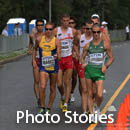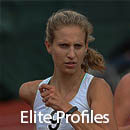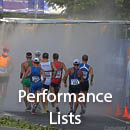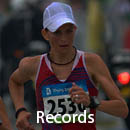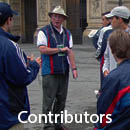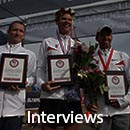Results
2013 IAAF World Chamnpionships - Moscow, Russia - Commentary
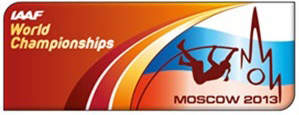
My commentary on the 2013 IAAF World Championships and the state of race walking both in the USA and in the world comes from a reflection of almost 30 years in the sport (it hurts to admit how many years have gone by). I’ve competed, coached, and in the last decade reported on and promoted race walking at all levels. I’ve been lucky enough to attend two Olympics, two World Cups, and now two World Championships. I preface my coverage with the admission that I am much more of a race walking fan than a track and field fan in general. Therefore, when I attend a World Championship event I rarely watch the other track events. I focus on the walks and spend my post event time processing photos or working on other projects (i.e. www.onedressonewoman.com) . Of the three events, obviously the Olympics are the crowning achievement and the pinnacle of competition. If you could only attend one of the three events, certainly the Olympics should top your list. Athletes gear a four year cycle to be at the top of their game and its well worth the effort and expense to get there. If you are a track buff, then there is no question attending the World Championships should be next on your list. Seeing our teammates across all of track and field is a wonderful experience. However, being a race walking geek, I think I prefer the intense five event World Cup to the World Championships. The fields are deeper and for the USA where making standards is an issue, we can usually fill full squads (albeit sometimes geriatrically). Watching the next generation in the junior races and later seeing those kids compete at future competitions as open athletes is also a thrill.
However, I feel we have a growing problem in our event. It’s a problem I’ve discussed before, but it’s reaching a point that I question wanting to continue covering the international race walking events. The issue is the consistency and effectiveness of judging. Having photographed and watched the three events at the World Championships I have no idea what the judges are seeing. Once upon a time the rules stated we needed to maintain constant contact with the ground. Today, elite race walkers at the front of the pack in the 20km do not maintain constant contact with the ground. I don’t have an issue with this as the rules do not state you must. Instead they state that you must appear to the human eye as having maintained contact. In theory, this shouldn’t have an effect on the amount of loss of contact a walker can achieve without being disqualified. Once a flight phase is detected, the walker should be disqualified. Again, in theory, end of story.
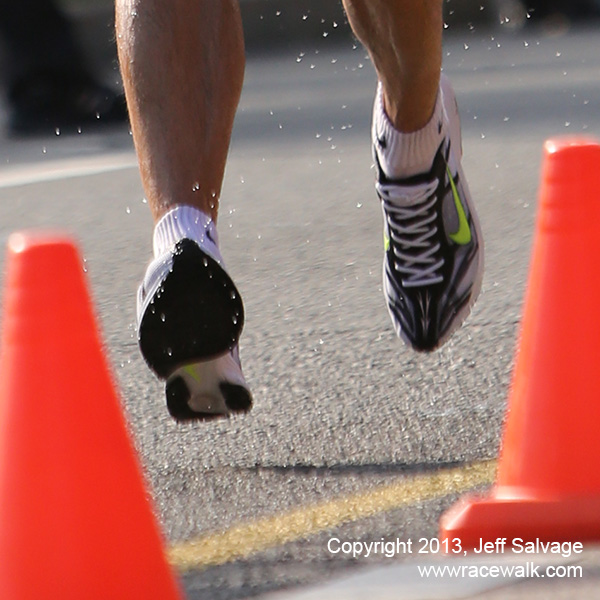
Illegal Loss of Contact?
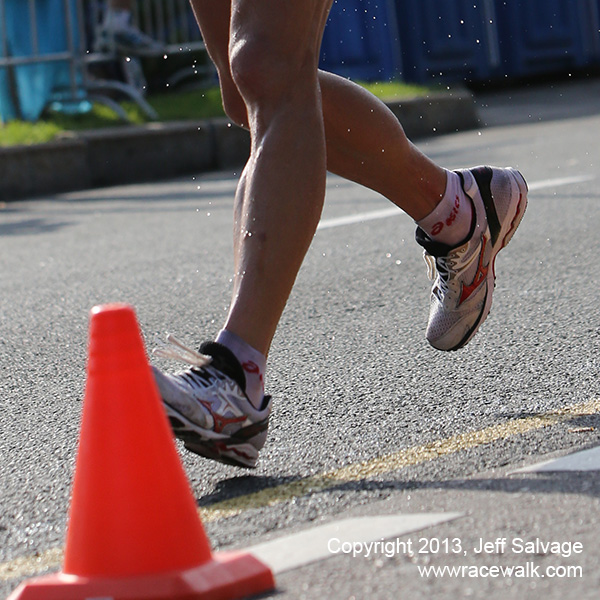
Illegal Loss of Contact?
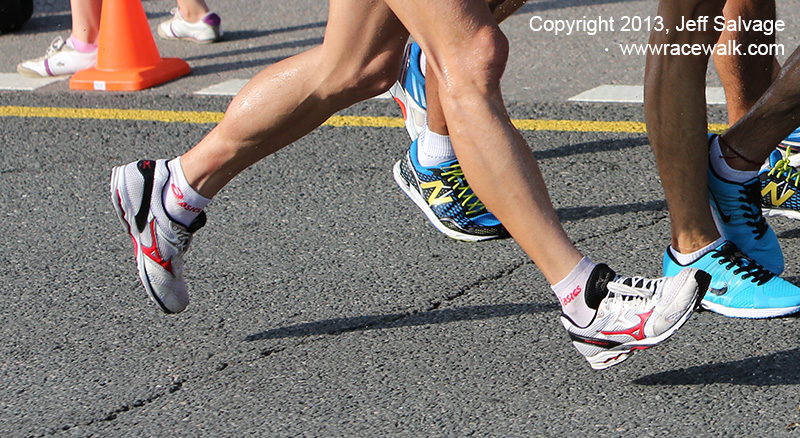
Illegal Loss of Contact?
As a starting point, if you look at the photos of the men’ 20km race, none of the top walkers have a double support phase at any point in their stride. I don’t have an issue with this, but the issue is they are not even close. In contrast , watching the men’s 50km, I saw athlete’s that looked like race walkers. They looked like they were on the ground without a flight phase. Granted this is an illusion and when we look at the photographs they are off slightly, but in my opinion an acceptable amount. For the most part this was true in the women’s 20km as well. In the men’s 20km the flagrant lifting was hideous. The judges got some of the calls correct, DQ’ing a few at the top. However, what were they doing differently than those that didn’t get disqualified? I have no idea, perhaps exaggerated motions, bobbing or any of the signs that tell a judge to look at a walker more closely. Judging though should be done solely at looking at the feet and the ground. Instead, it seemed like a game of Russian roulette and the DQ’s for lifting in the front of the pack was at random.
Compounding the issue was the men’s 50km. If anyone got a call for loss of contact in the 50km I don’t know how any of the lead pack in the 20km could have gotten through the race. One could say fortunately, the calls in the 50km were more for bent knee and thus imply a consistency in judging. Unfortunately, a more disturbing pattern emerges. Many of the calls were indeed made were from bent knee with almost half the DQ’s were before 25km in the race and all were before 40km in the race. This discounts the possibility of the athlete’s started with proper technique and tired late in the race to where they develop bent knee issues. Sure, maybe one or two developed issues, but these are elite race walkers that know how to race walk. In my coverage of six world class events I rarely see any bent knee race walking in my photographs. I take far too many photos to simply be missing it. I believe walkers generally use the same technique around the track/loop with the exception of when the course is hilly or around a turn. The bent knee infractions I have seen were usually because a walker jammed up behind another race walker and tripped or they ran around a turn. Both are extremely rare so I discount those reasons for the calls.
Personally, seeing Miranda Melville disqualified in the 20km threw me for a loop. She looked absolutely fine. She got two calls for bent knee and one for loss of contact. To the latter point, if she got a call for loss of contact, what pray tell were those judges seeing on the lead pack of the men’s 20km? As to the bent knee calls, I can’t even guess as to what they thought they saw.
All of this leads me to restate that we have a judging issue in our sport. From my experiences the judges are not trained scientifically. Instead they are crowd sourced. The “crowd”, those already selected as being good judges, decide what the answers to the IAAF judging test should be. They don’t apply science as to whether or not a race walker is more or less off the ground than another. So if a walker appears off the ground, aka what the rules state, then they should be disqualified. The problem is what does looking off the ground really mean? Judges should be judged on their ability to pick up loss of contact greater than a threshold (perhaps 1/20th of a second). When I did the study in Berlin, some walkers were off the ground for ~25% of their stride. Anecdotally, I felt the loss of contact was worse in Moscow, but I haven’t measured. To me, this isn’t race walking. As to the bent knee infractions, there should be no human eye subjectivity. Either they are walking with bent knees or not and the test should reflect absolutism with regard to the rule.
To further improve the situation, I’d like to see judges wear helmet cams and be evaluated after the race for the calls they make. The technology is simple and it would greatly improve the fairness and integrity of the sport. I am not implying that we use them for actually judging.
Sadly, I don’t see any movement to improve this situation. If we are not going to improve it, then I begrudgingly propose we should remove the men’s 20km event. Keep the women’s 20km and men’s 50km as they have less issues (bent knee aside). If the men’s 20km is going to be a run past the judges with random individuals making it through the gauntlet, then we are better off without it for the long term health of our event.
